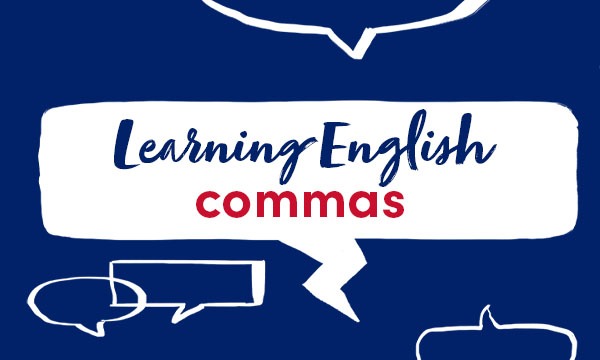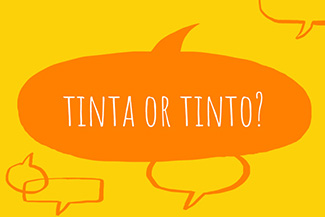
The comma marks a short pause between elements in a sentence.
- Main clauses that are joined together with and or but do not normally have a comma before the conjunction unless the two clauses have different subjects.
You go out of the door and turn immediately left.
It was cold outside, but we decided to go out for a walk anyway.
- Commas are normally used if the subordinate clause comes BEFORE the main clause.
If you have any problems, just call me.
When I met her, I had been living there for nearly ten years.
- Sometimes a comma is used even when the main clause comes first, if the clauses are particularly long.
We should be able to finish the work by the end of the week, if nothing unexpected turns up between now and then.
- Commas are used to mark off non-defining relative clauses. This is the type of clause that adds to information about a noun or noun phrase.
My next-door neighbour, who works from home, is keeping an eye on the house while we’re away.
She moved to Los Angeles, where she was immediately signed as a singer-songwriter.
Commas are NOT required in defining relative clauses, since these simply postmodify the noun.
Let’s make sure the money goes to the people who need it most.
The computer (that) I borrowed kept on crashing.
- Commas are used to separate three or more items in a list or series.
She got out bread, butter and jam.
Note that the comma is often not given before the final and or or.
They breed dogs, cats, rabbits and hamsters.
We did canoeing, climbing and archery.
- Commas are used between adjectives, whether they come before the noun (i.e. used attributively) or after a linking verb (i.e. used predicatively).
It was a hot, dry and dusty road.
It’s wet, cold and windy outside.
A comma is NOT usually used before an adjective that is followed by and.
- When an adverbial such as however, therefore or unfortunately modifies a whole sentence, it is separated from the rest of the sentence by a comma.
However, police would not confirm this rumour.
Therefore, I try to avoid using the car as much as possible.
- Commas are used before question tags and after yes or no in short responses.
It’s quite cold today, isn’t it?
He’s up to date with all his injections, isn’t he?
Are you the mother of these children? – Yes, I am.
You’re Amy Osborne, aren’t you? – No, I’m not.
- Commas are used to separate the name of a person or group being addressed from the rest of the sentence.
And now, ladies and gentlemen, please raise your glasses in a toast to the happy couple.
Come on, Olivia, be reasonable.
Dad, can you come and help me, please?
- Commas are used to separate discourse markers like Well and Now then from the rest of the sentence.
Well, believe it or not, I actually passed!
Now then, let’s see what’s on TV tonight.
Actually, I quite enjoyed it.
- Commas are used to follow direct speech (if there is no question or exclamation mark after the quotation), or to show that it comes next.
‘I don’t understand this question,’ said Peter.
Peter said, ‘I don’t understand this question.’
It is also possible to punctuate reported speech of the type Peter said, ‘…’ using a colon instead of a comma. This is a particularly common practice in American English.
Peter said: ‘I don’t understand the question.’
- A comma must be used between the day of the month and the year, when the two numbers are next to each other.
March 31, 2011
For further information on English Grammar, visit: https://grammar.collinsdictionary.com/easy-learning
Come back for other blogs on using English in everyday situations:
https://blog.collinsdictionary.com/language-learners/learning-english
All opinions expressed on this blog are those of the individual writers, and do not necessarily reflect the opinions or policies of Collins, or its parent company, HarperCollins.



